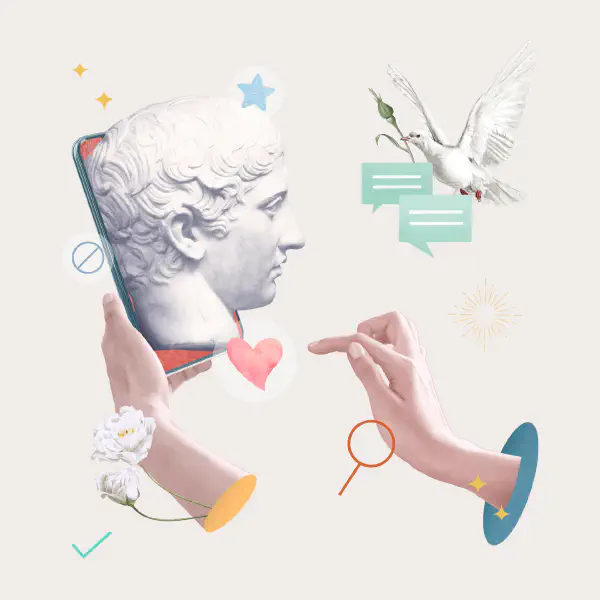
Photo manipulation is the process of altering or combining digital images to create a new image. It has been used for centuries, but the advent of image processing software has made it more accessible and powerful than ever before.
Image processing is a broad field that encompasses a wide range of techniques, including:
- Color correction
- Adjusting the brightness, contrast, saturation, and hue of an image to improve its appearance.
- Noise reduction
- Removing unwanted noise from an image, such as grain or speckling.
- Image sharpening
- Making the edges of an image more defined.
- Object removal
- Removing unwanted objects from an image, such as people, signs, or blemishes.
- Object cloning
- Copying and pasting objects within an image.
- Image morphing
- Gradually blending two images together to create a new image.
- Image compositing
- Combining multiple images to create a single image.
Artists and designers are using image processing to push the boundaries of creativity in photo manipulation.
They are able to create images that would be impossible to capture with a camera alone. For example, they can:
- Create surreal or fantastical scenes.
- Merge together disparate elements to create new and unexpected combinations.
- Transform themselves or other people into new creatures or characters.
- Make their images more realistic or expressive by adjusting lighting, color, and other factors.
Here are a few examples of how image processing is being used in creative photo manipulation:
The artist Erik Johansson creates surreal and otherworldly images by combining photographs of different locations and objects. For example, in his image “The Levitating Library” he has combined a photograph of a library with a photograph of a floating island.
The artist Ben Heine creates whimsical and humorous images by combining photographs of people with drawings. For example, in his image “Balloon Girl” he has combined a photograph of a girl with a drawing of a balloon string attached to her wrist.
The artist Yuichiro Sato creates hyperrealistic images of people and animals by combining multiple photographs and adding digital effects. For example, in his image “The Lion King” he has combined multiple photographs of lions to create a single image of a lion with incredibly realistic fur and facial expressions.
These are just a few examples of how image processing is being used to create innovative and creative photo manipulation.
As image processing software continues to evolve, we can expect to see even more amazing and imaginative images in the future.
Tips for Using Image Processing in Creative Photo Manipulation
If you are interested in using image processing to create creative photo manipulation, here are a few tips:
- Start with high-quality images.
- The better the quality of your original images, the better the results of your photo manipulation will be.
- Experiment with different techniques.
- There are many different image processing techniques that you can use to create creative effects. Experiment with different techniques to see what works best for you and the kind of images you want to create.
- Don’t be afraid to make mistakes
- The best way to learn is by experimenting. Don’t be afraid to make mistakes and try new things.
- Use your imagination
- The only limit to what you can create with image processing is your imagination. Let your creativity flow and see what kind of amazing images you can come up with.
Conclusion
Image processing is a powerful tool that can be used to create creative and innovative photo manipulation. With a little practice, anyone can learn to use image processing to create their own unique and imaginative images.